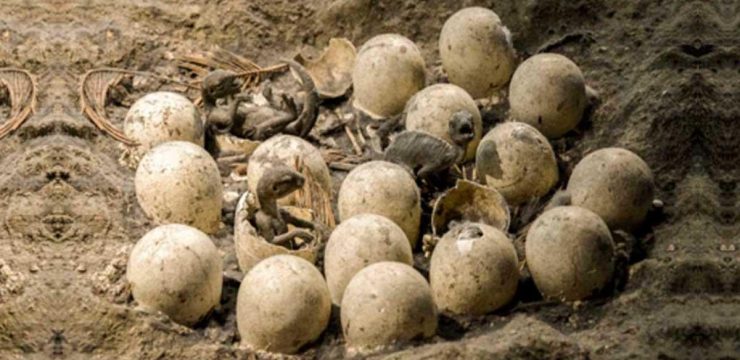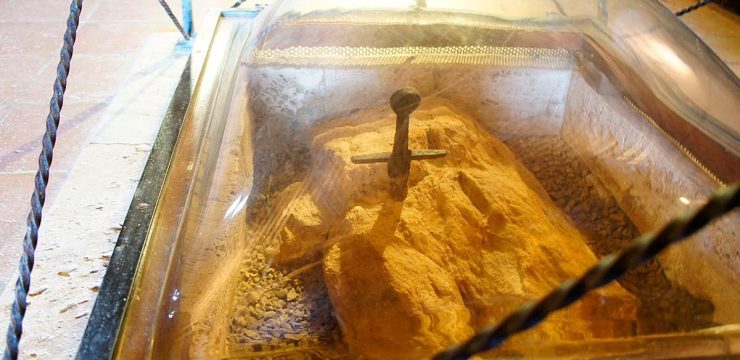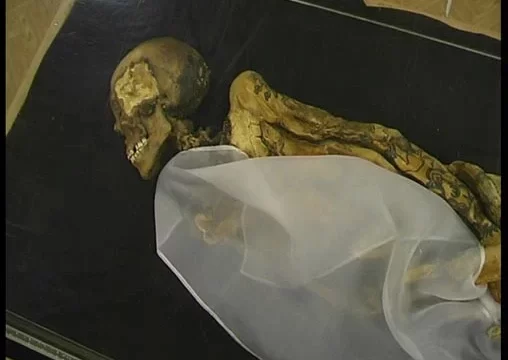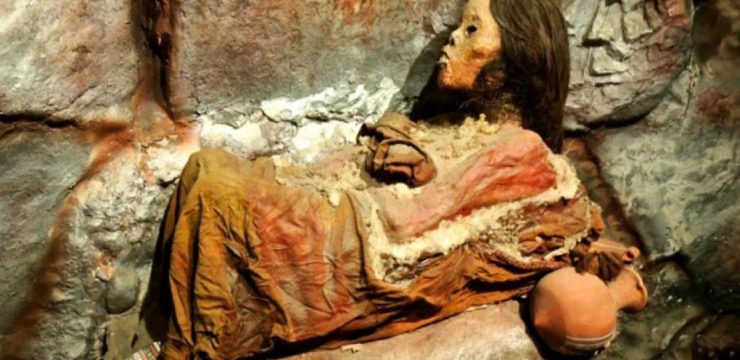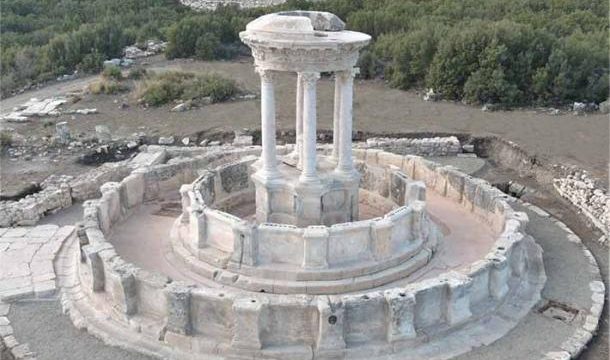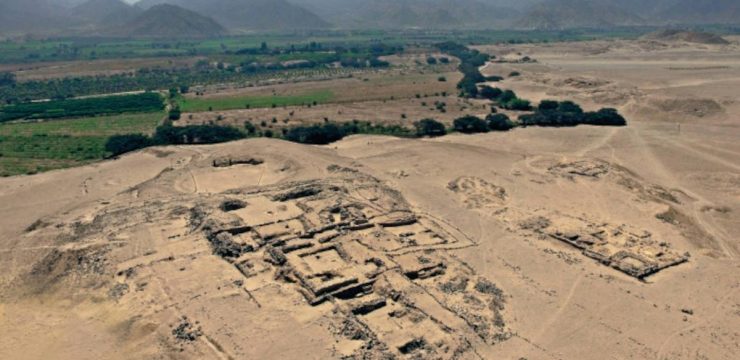In the serene village of Svestari, located in the northeastern region of Bulgaria, archaeologists have made an extraordinary discovery that has not only thrilled the academic world but also sparked the imagination of the public. A team of experts, led by Professor Diana Gergova from the National Archaeology Institute at the Bulgarian Academy of Sciences, has unearthed a Thracian carriage accompanied by two horse skeletons. These findings, dating back an impressive 2,500 years, offer a remarkable glimpse into the ancient Thracian civilization.
An Unexpected Discovery
The unearthed chariot is a two-wheeled vehicle, and the discovery is made even more fascinating by the presence of two horse skeletons buried in an upright position alongside it. Professor Gergova referred to the finding as “unique,” highlighting how this particular carriage differs markedly from any other examples of Thracian-era carriages previously discovered in Bulgaria. The significance of the find is further amplified by its rarity and the insights it offers into ancient burial rituals.
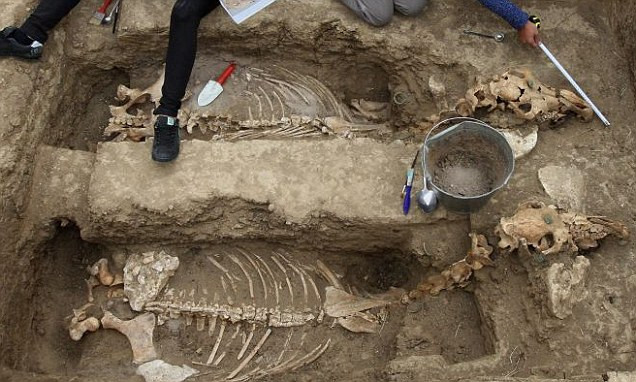
Defying the Odds
This incredible archaeological breakthrough is especially notable in light of the challenges faced by researchers working in the region. Treasure hunting remains a persistent issue in Bulgaria, where looters frequently target ancient mounds in search of gold and other valuables. Despite UNESCO’s efforts to preserve these historic sites, many have been damaged or looted over the years. The mound where this chariot was found is situated near the famed Mound of Bulgarian Khan Imurtag. This neighboring site had previously yielded a significant cache of gold, also discovered by Professor Gergova and her team. That earlier find underscored the rich cultural heritage of the area and the importance of continued archaeological preservation.
Insights into Thracian Burial Practices
The recent discovery offers an invaluable opportunity to better understand Thracian burial customs and their views on nobility. Experts believe that the chariot was deliberately placed in a narrow, sloping trench. The harnessed horses likely pulled the chariot into this carefully prepared final resting place before being sacrificed as part of the burial ritual. Evidence supporting this theory comes from small, ornate metal disks found on the horses’ heads, likely part of their ceremonial harnesses. This elaborate preparation reflects the Thracians’ deep respect for their deceased and the symbolic significance they placed on transportation in the afterlife.
Connecting to Previous Discoveries
The Svestari find bears intriguing similarities to another discovery made in 2010 in Borissovo, Bulgaria. In that case, archaeologists uncovered a Roman chariot accompanied by two horses, dating back to the 1st century AD. Although the Borissovo discovery is approximately 1,500 years younger than the Thracian find, it provides useful context for understanding the evolution of burial practices in the region. Both discoveries point to a shared cultural emphasis on chariots and horses as symbols of power and status among ancient European civilizations.
Technological and Cultural Significance
This discovery transcends its immediate appeal as a historical artifact. The Thracian chariot and its accompanying details provide critical insights into the technological and cultural advancements of the time. The chariot’s construction, including its wheels and frame, reveals the sophisticated craftsmanship of the Thracians. Additionally, the decorative harnesses used on the horses reflect the artistic sensibilities of the civilization and their ability to create items that were both functional and symbolic.
The intricate designs on the harnesses suggest that the Thracians valued aesthetics alongside utility, blending practicality with an appreciation for beauty. This dual focus on craftsmanship and design underscores their advanced understanding of materials and their symbolic importance in conveying social and spiritual messages.
Preserving History and Inspiring the Future
The unearthing of this Thracian chariot and horses serves as a powerful reminder of the rich history that lies hidden beneath the earth’s surface. For archaeologists, it is an opportunity to piece together the story of a long-lost civilization, shedding light on their customs, beliefs, and way of life. For the public, it serves as a source of wonder and a gateway to learning about the ancient world.
The discovery also emphasizes the importance of protecting archaeological sites from looters and environmental degradation. Each find, like the one in Svestari, represents a precious piece of human history that deserves careful study and preservation for future generations. By safeguarding these sites, we ensure that their stories continue to inspire and educate people worldwide.
Unveiling the Mysteries of the Past
As researchers continue to examine the 2,500-year-old remains, they are likely to uncover even more secrets about the enigmatic Thracian civilization. Every artifact, from the chariot’s wheels to the intricate metal disks on the horses’ heads, holds the potential to reveal new details about this ancient society. The burial practices, in particular, offer a fascinating window into the values and beliefs of the Thracians, illuminating their perspectives on life, death, and the afterlife.
The enduring allure of such discoveries lies in their ability to bridge the gap between past and present, connecting modern societies to the lives and traditions of those who came before us. The chariot and horses discovered in Svestari stand as a testament to the ingenuity and cultural richness of the Thracians, reminding us of the depth and complexity of human history.
A Legacy Unearthed
This remarkable find is not just a milestone for Bulgarian archaeology but also for the broader understanding of ancient European civilizations. By studying the chariot, its horses, and the burial site, archaeologists can paint a more comprehensive picture of the Thracian people and their place in history. The significance of the Svestari discovery extends far beyond its immediate academic value, offering inspiration and insight to anyone fascinated by the ancient world.
In the years to come, as researchers delve deeper into the details of this extraordinary discovery, the legacy of the Thracians will continue to unfold. Their story, preserved in the artifacts they left behind, is a reminder of the enduring impact of history and the unending quest to understand our shared human past.
